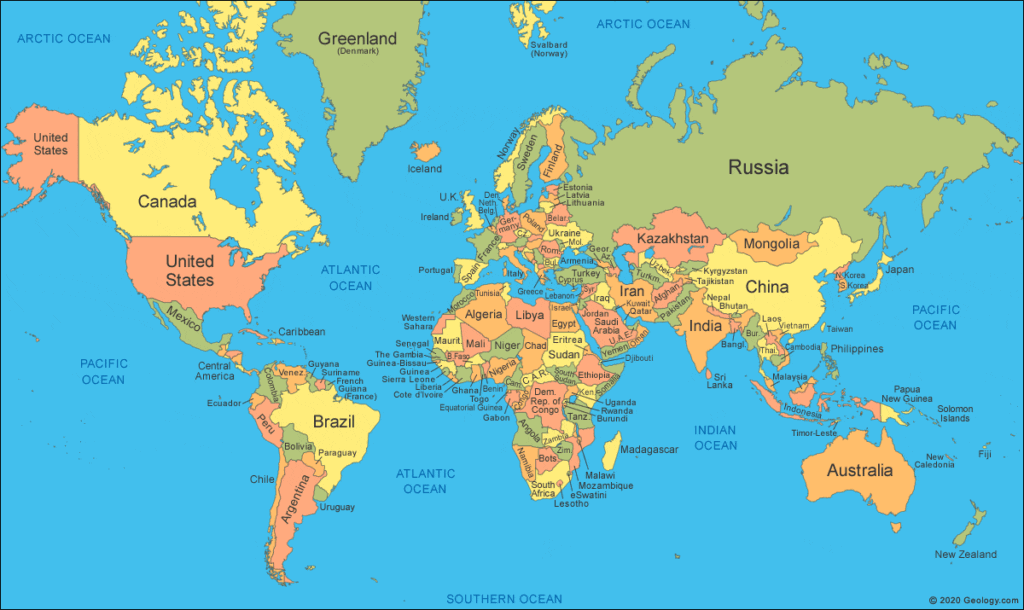
Map Designs: Mapping Beyond Borders – The Art and Science Explored
- by Editone International
- Posted on November 27, 2023
Maps are powerful tools that not only guide us from one location to another but also convey information about the world around us. Map designs, whether traditional or digital, involve a delicate balance of aesthetics and functionality. Let’s explore the key elements and considerations in crafting captivating map designs that serve both practical and visual purposes.
1. Clarity and Simplicity: Navigating with Ease
The primary function of a map is to provide clear and concise information. A well-designed map prioritizes clarity and simplicity, ensuring that users can easily interpret the geographical details and navigate the terrain without unnecessary complexity.
2. Color Palette: Conveying Information Vibrantly
Colors play a crucial role in map design. A thoughtfully chosen color palette can convey information about geographical features, land use, elevation, and more. Consistent use of color enhances readability and helps users differentiate between various elements on the map.
3. Typography: Legibility in Labels
Typography in map design involves selecting fonts and text sizes that ensure the legibility of labels, markers, and other textual elements. Clear and readable typography is essential for users to understand location names, landmarks, and other important details.

4. Icons and Symbols: Enhancing Visual Communication
Icons and symbols add visual interest to a map and can convey specific information without relying on text. Whether representing airports, landmarks, or natural features, well-designed icons enhance visual communication and contribute to a more engaging map.
5. Scale and Proportion: Maintaining Accuracy
Maintaining scale and proportion is critical in map design, especially for conveying accurate spatial relationships. Whether it’s the size of geographical features or the distance between locations, a well-scaled map ensures that users have an accurate representation of the physical world.
6. Topography and Relief: Representing Terrain Features
Incorporating topographical elements and relief shading adds depth and context to a map. This technique visually represents the terrain, including mountains, valleys, and other geographical features, providing users with a more comprehensive understanding of the landscape.
7. Information Hierarchy: Guiding the Viewer’s Focus
Maps often convey multiple layers of information. Establishing a clear information hierarchy ensures that users can quickly identify and prioritize the most relevant details. Using visual cues such as color intensity, line thickness, or hierarchy in labels guides the viewer’s focus effectively.
8. Legend and Key: Decoding Map Symbols
Including a legend or key is essential, especially for maps with symbols and icons. A well-designed legend decodes the meaning of symbols, colors, and other map elements, providing users with a reference guide to interpret the map accurately.
9. Contextual Elements: Framing the Narrative
Incorporating contextual elements, such as compass roses, scales, and insets, adds framing and context to a map. These elements contribute to the overall visual appeal and assist users in understanding the orientation, scale, and location relationships within the mapped area.
10. Digital Interactivity: Expanding Possibilities
In the realm of digital map design, interactivity opens up new possibilities. Interactive maps allow users to zoom in, pan, and explore additional layers of information dynamically. Leveraging technology enhances user engagement and provides a more personalized map experience.
Conclusion
Map design is a dynamic blend of science and art, with each element contributing to the overall functionality and visual appeal. Whether guiding travelers, providing educational insights, or telling a spatial story, a well-designed map can be a powerful tool for communication and exploration. By carefully considering clarity, aesthetics, and user experience, map designers create visual narratives that invite users to discover and navigate the diverse landscapes of our world.
https://www.editoneinternational.com/
Maps are powerful tools that not only guide us from one location to another but also convey information about the world around us. Map designs, whether traditional or digital, involve a delicate balance of aesthetics and functionality. Let’s explore the key elements and considerations in crafting captivating map designs that serve both practical and visual…
